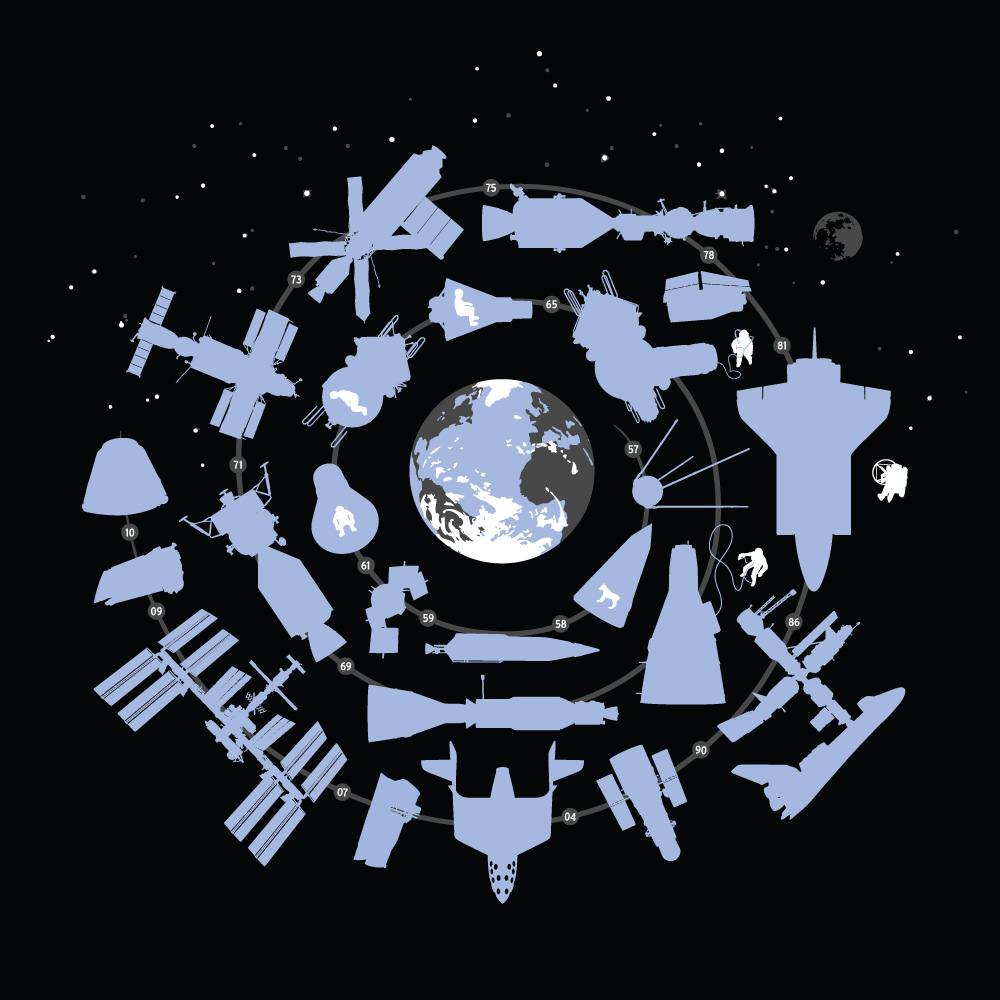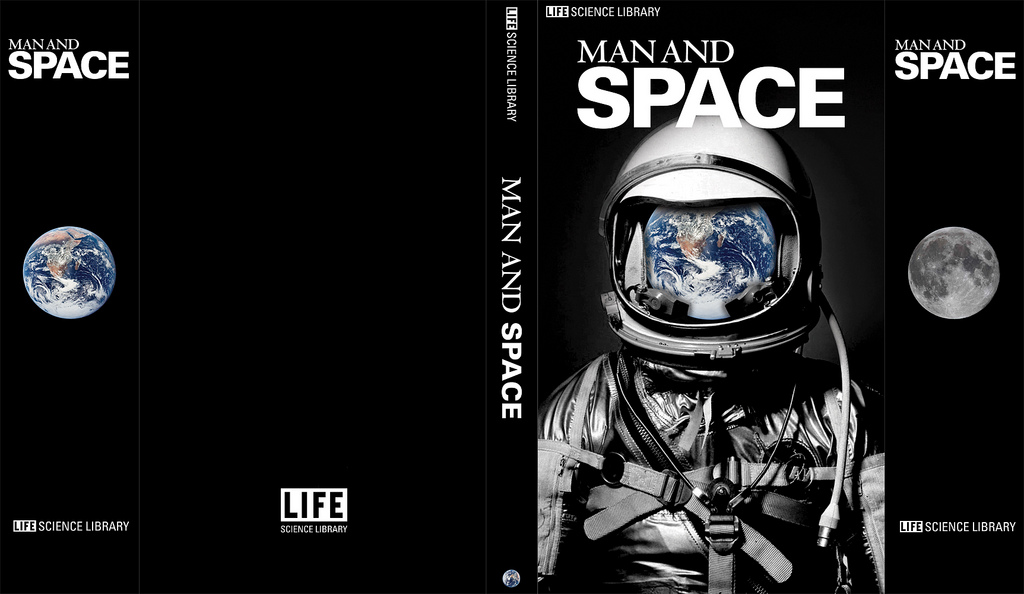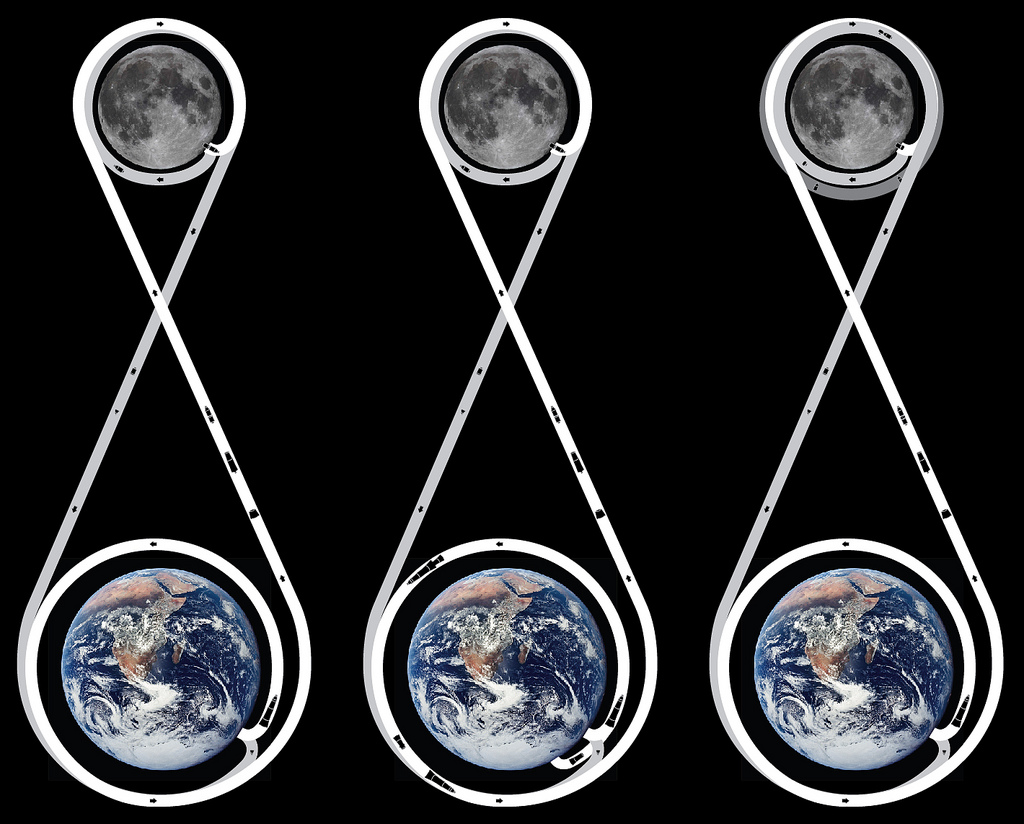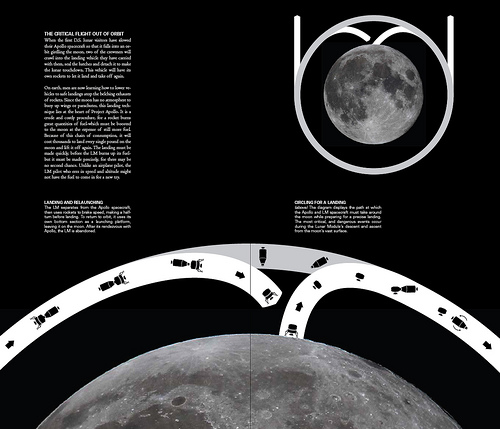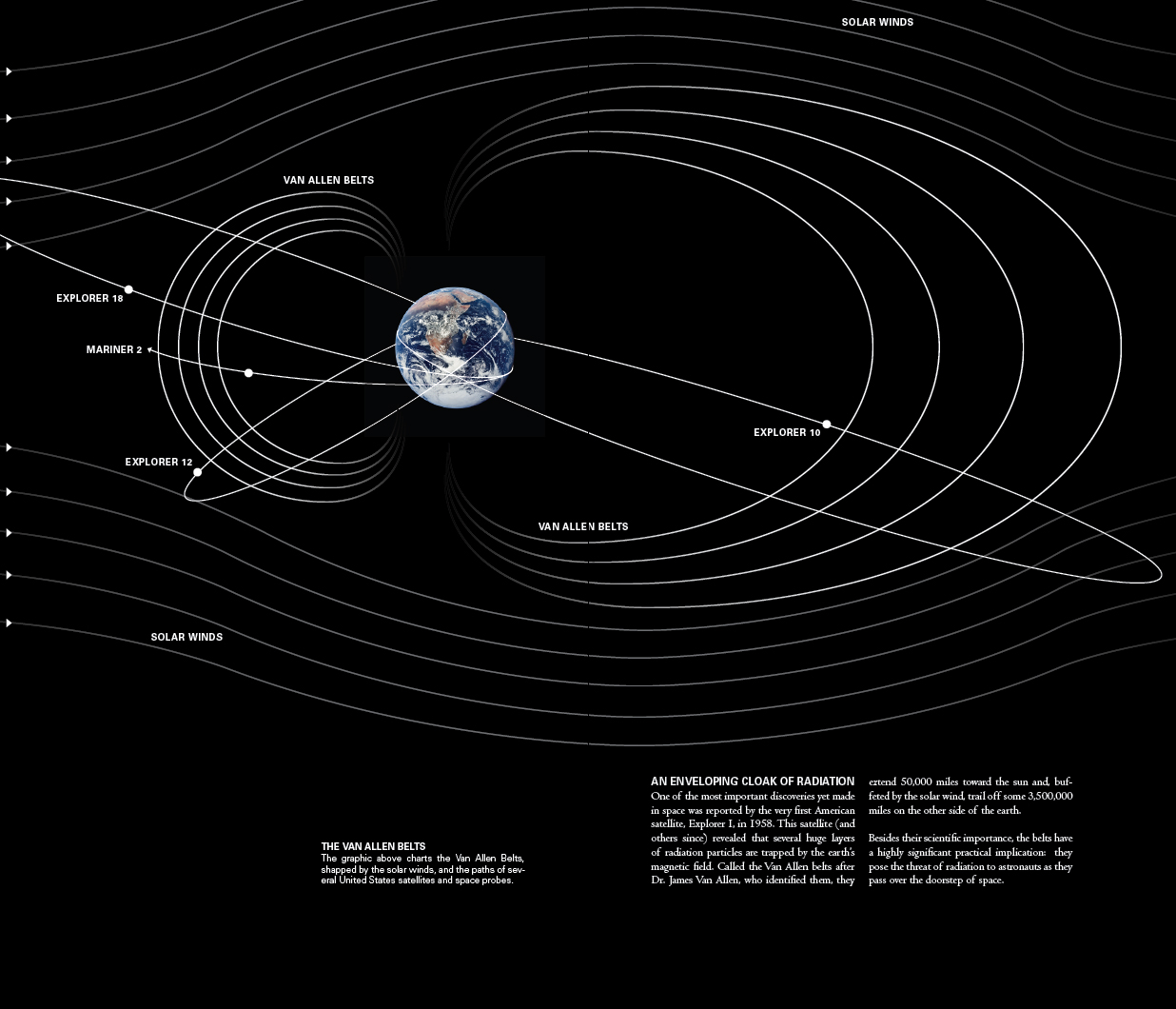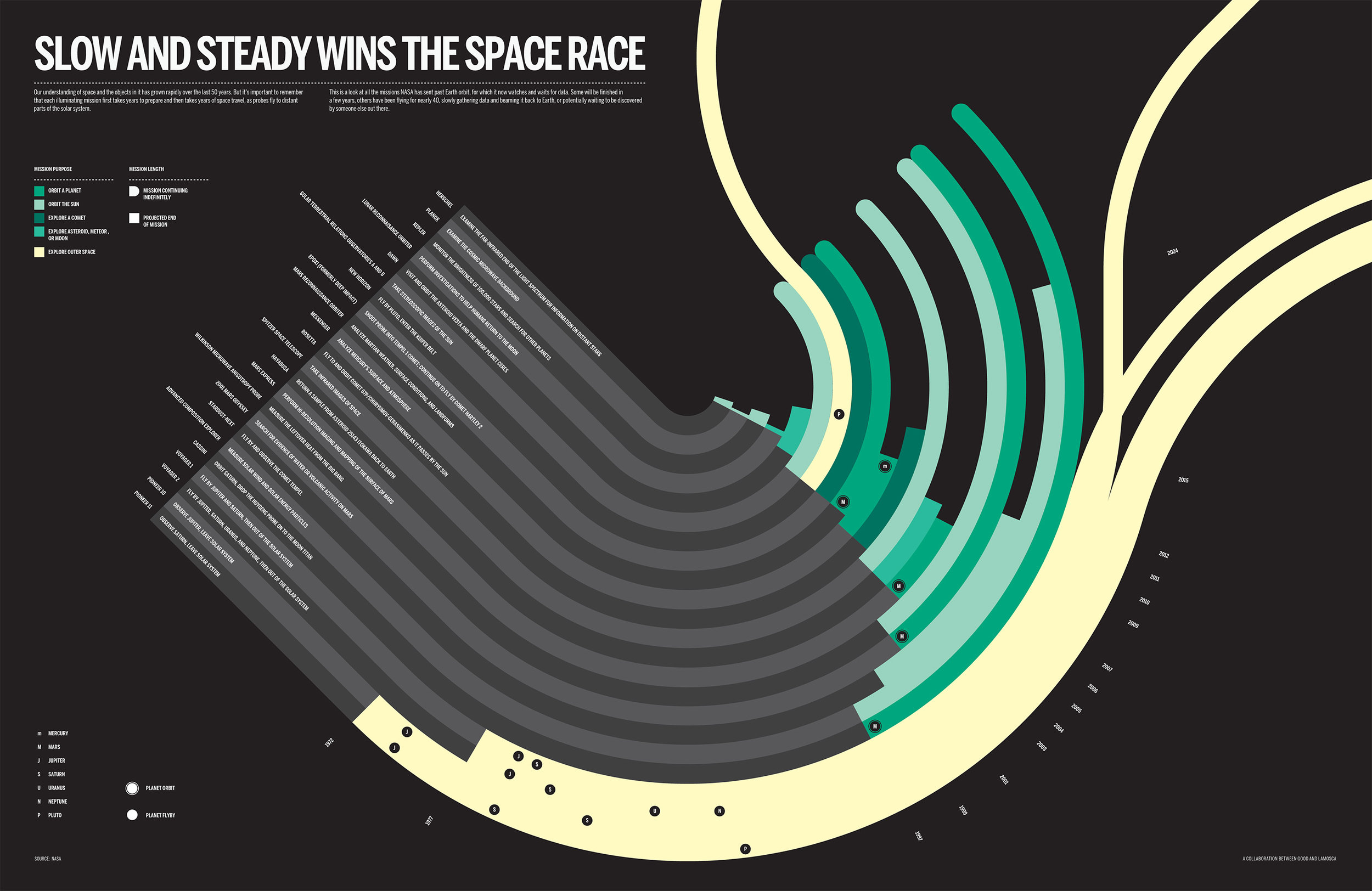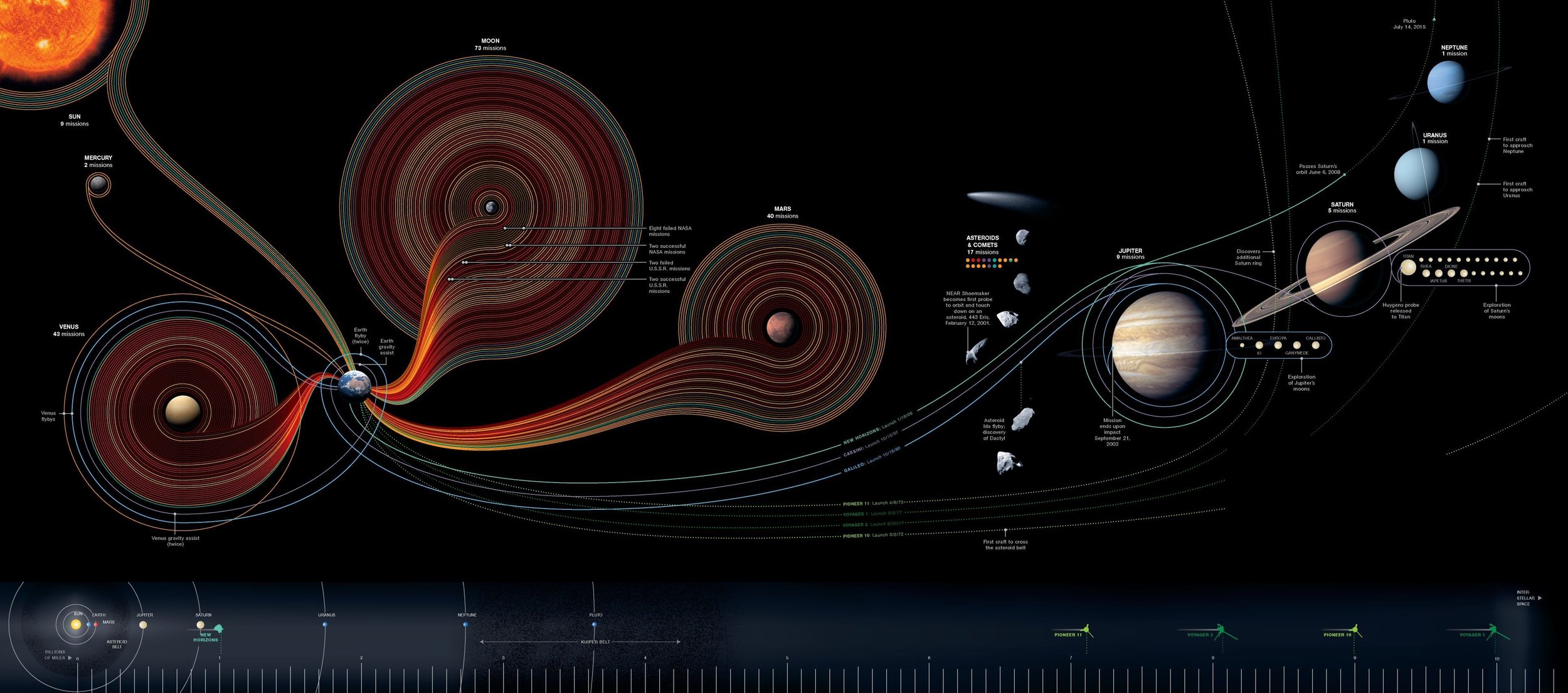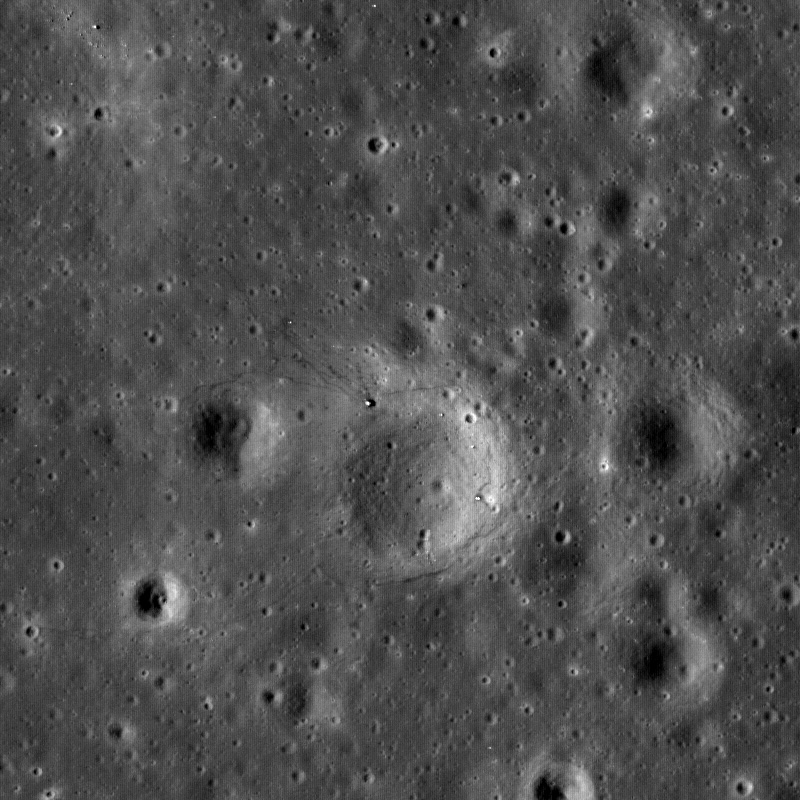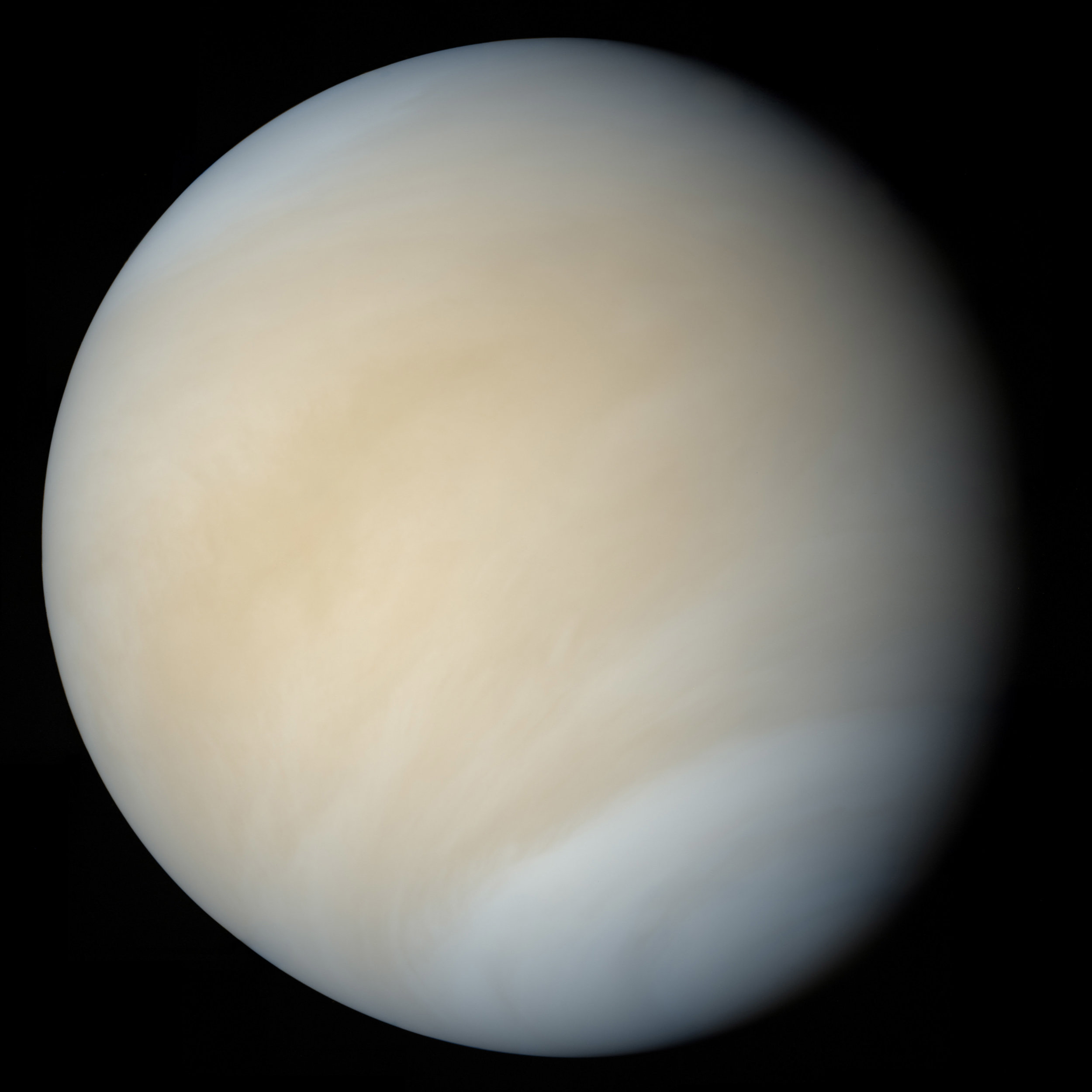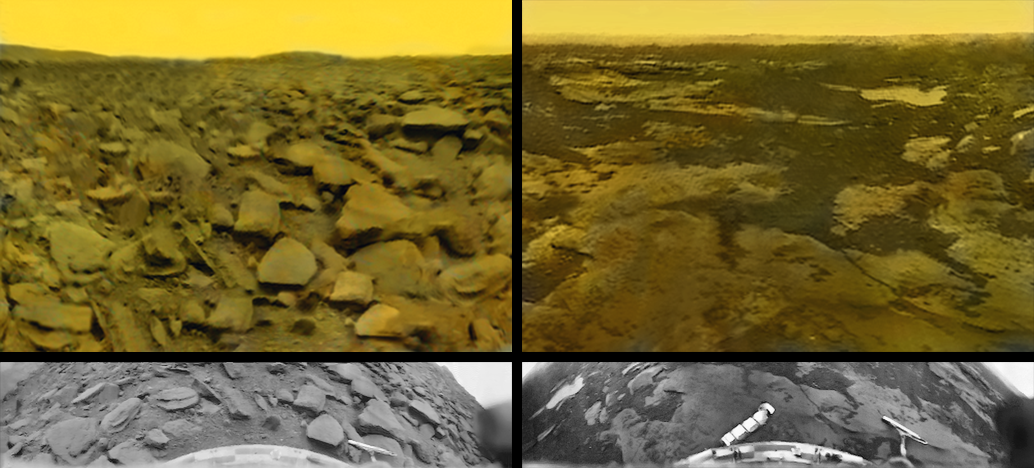 One of the best images to ever grace this blog has to be Don P. Mitchell’s re-renderings of Venera 13 and 14. A miraculous re-rendering of Soviet-era data to create a whole new “human eyes” look at the surface of Venus (I also took the liberty of (artistically) colorizing those images as well). Now Ted Stryk — no stranger to these pages — has taken a shot at Venera 9 and 10 as well. The results are not as amazing as Don’s earlier work but that is simply due the missions having a more limited set of data. I must add that it is pleasing to see Ted’s (a scientist) colorizing is similar to our own (not a scientist).
One of the best images to ever grace this blog has to be Don P. Mitchell’s re-renderings of Venera 13 and 14. A miraculous re-rendering of Soviet-era data to create a whole new “human eyes” look at the surface of Venus (I also took the liberty of (artistically) colorizing those images as well). Now Ted Stryk — no stranger to these pages — has taken a shot at Venera 9 and 10 as well. The results are not as amazing as Don’s earlier work but that is simply due the missions having a more limited set of data. I must add that it is pleasing to see Ted’s (a scientist) colorizing is similar to our own (not a scientist).
See the whole story of how Ted’s images were made here.
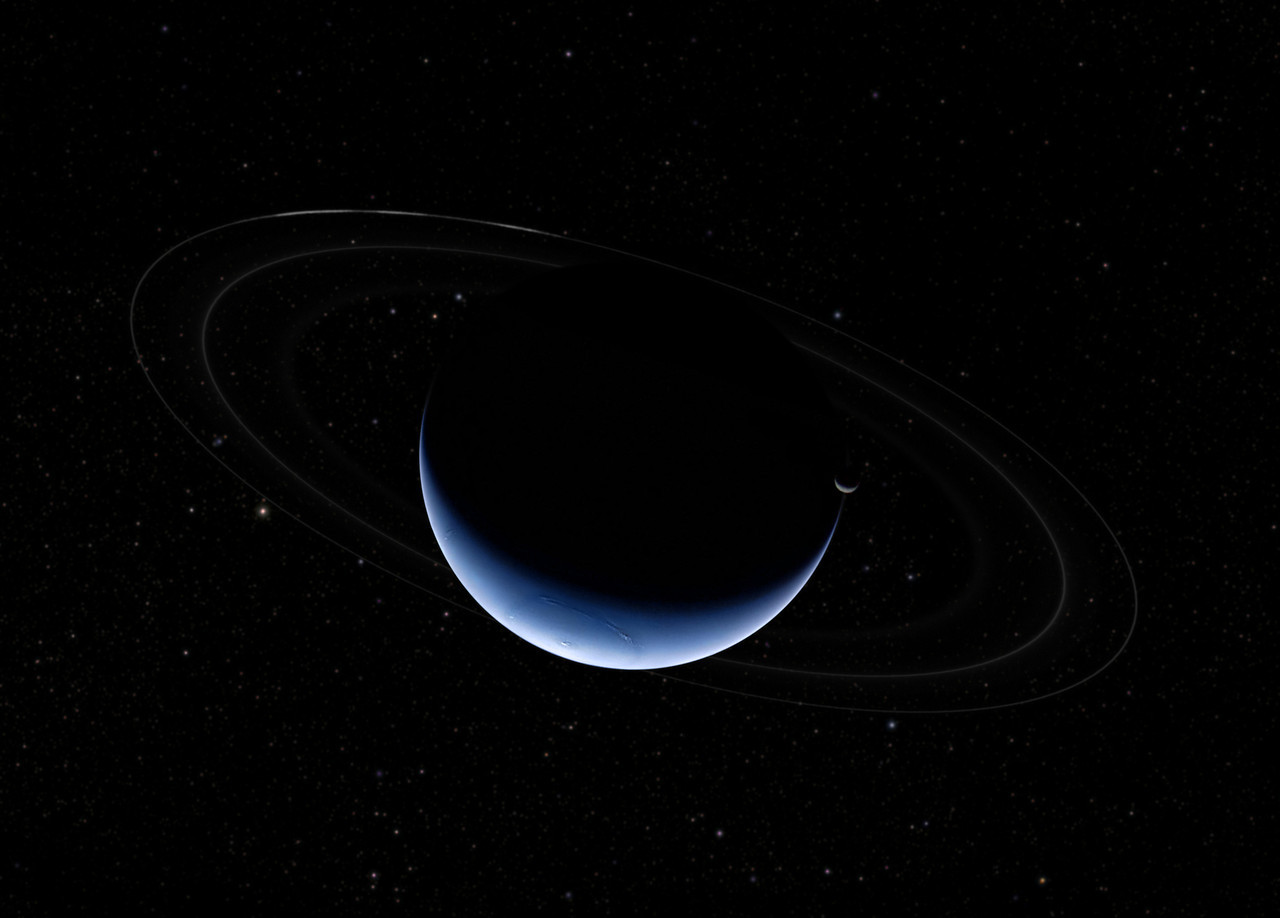
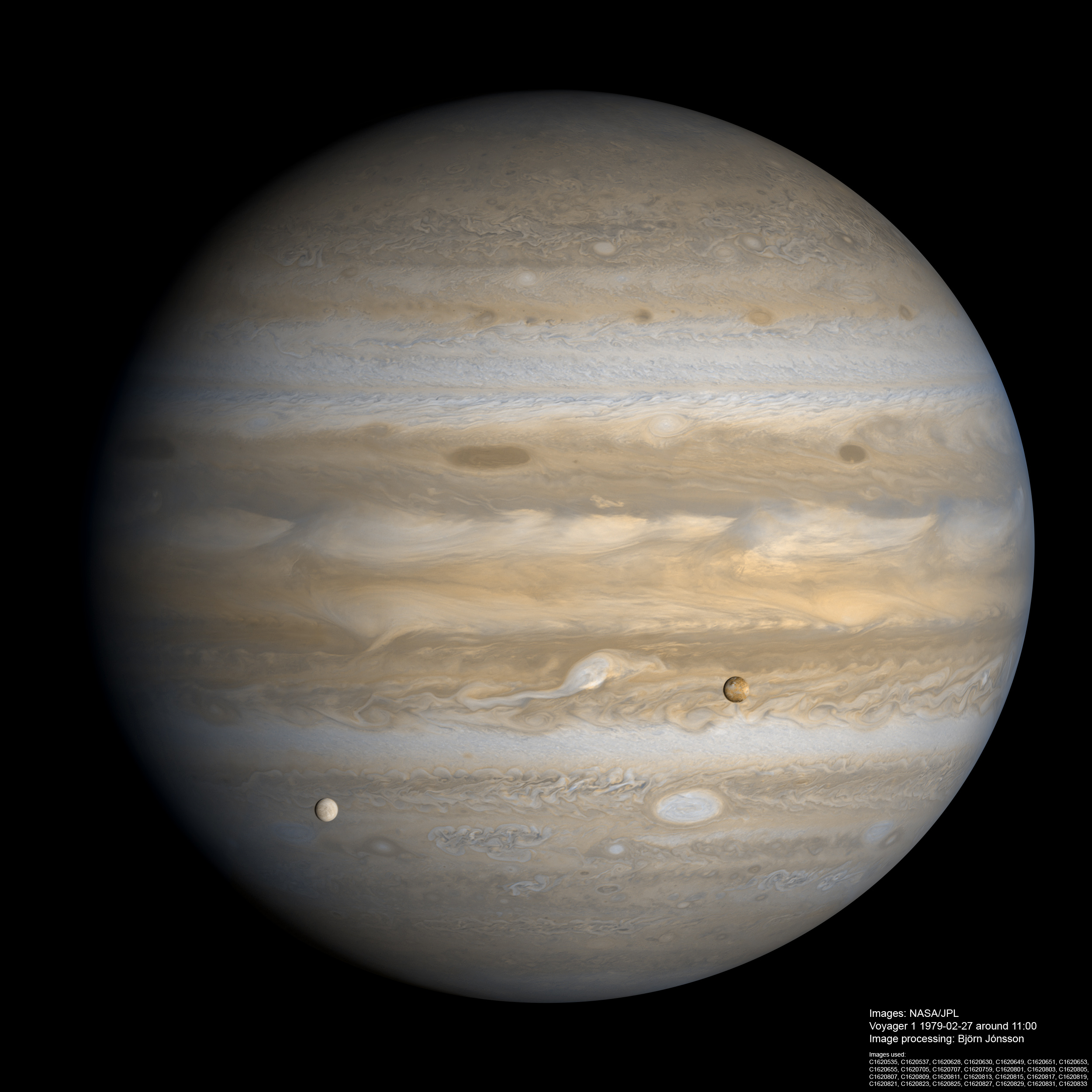

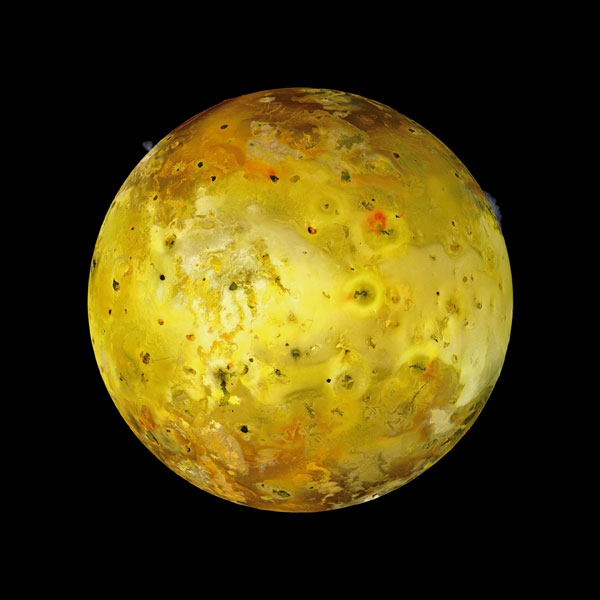

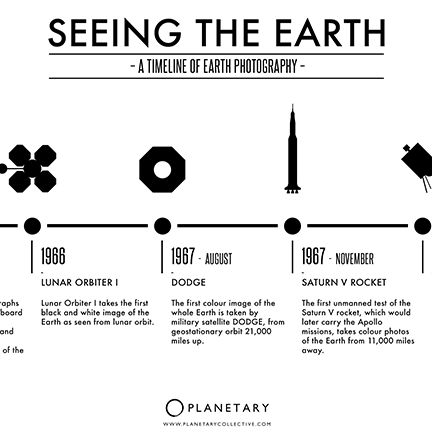
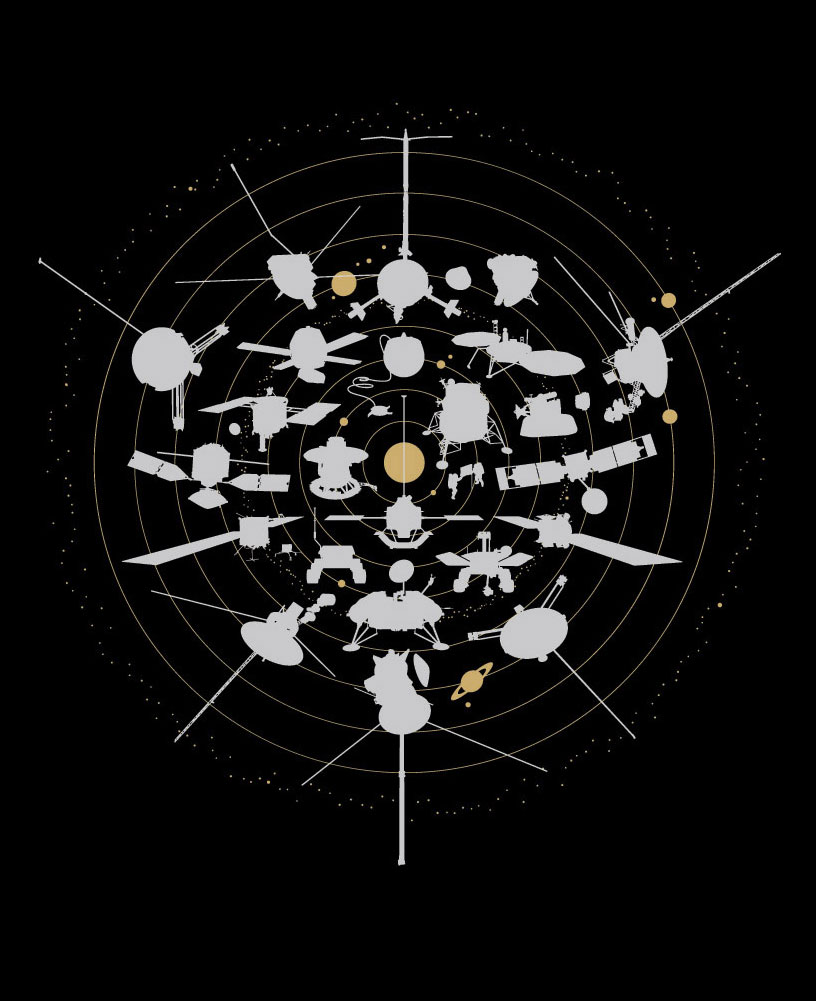 Chop Shop’s best selling
Chop Shop’s best selling 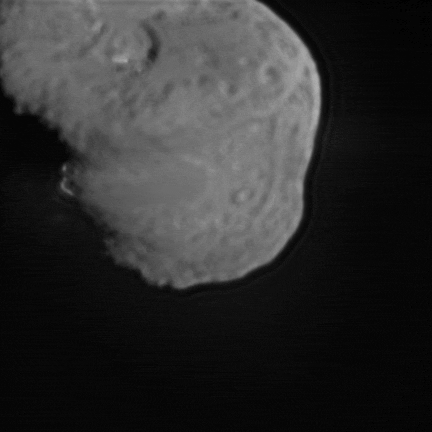 I just found this on
I just found this on 



